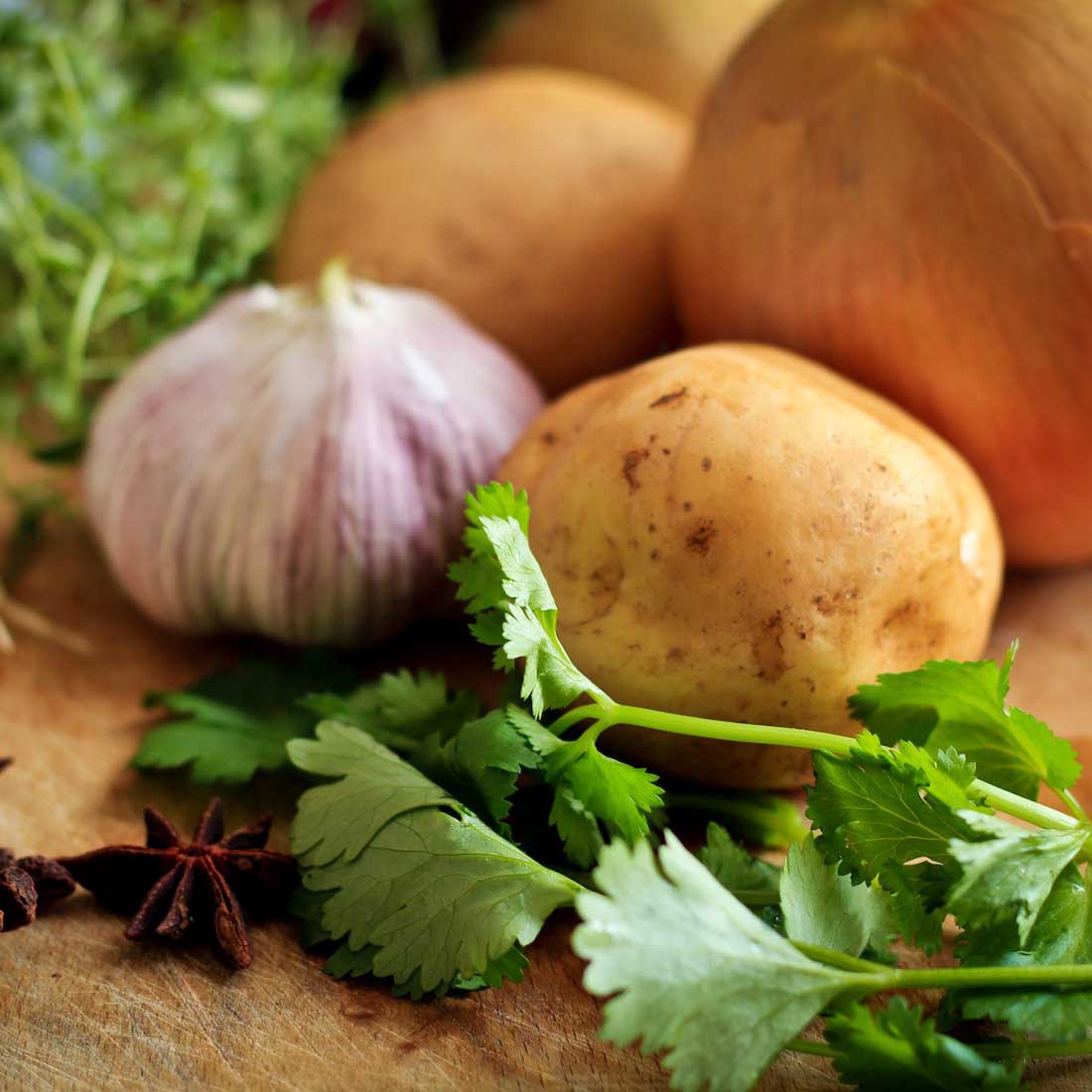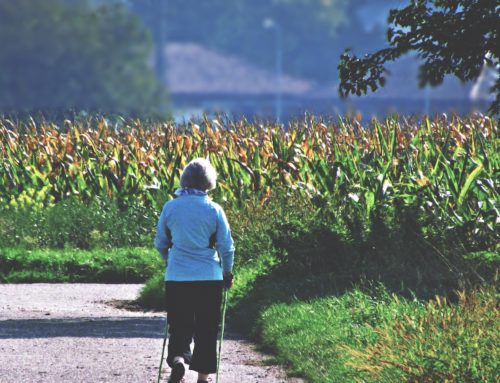We’ve all heard it: we should eat vegetables raw because they’re better for us than when they’re cooked. Fact check: that’s true, but only in some cases. I’ve broken down below the ‘always better raw’ myth and listed my rules of thumb for how to prepare vegetables.
Here’s the biggest takeaway: eat vegetables. Period. Vegetables cooked in any way are better for you than not eating vegetables at all. The real reason why we cook is to make food taste better. As long as you’re not deep-frying your greens, any cooking method is just fine. If you’re curious about getting maximum health benefits from your raw and cooked vegetables, however, read on.
The (Partial) Truth of Raw Vegetable Power
It’s true that cooked vegetables can be less nutritious. The biggest issue is losing water-soluble vitamins during the cooking. Vitamins B and C are water-soluble, meaning they can dissolve into the water they’re cooked in. If you often boil your vegetables, you might be missing out on vitamins B6, B12, and especially vitamin C.
How to Prepare Vegetables: My Top 3 Tips
1. Cook with less water
Preserve those water-soluble vitamins. Celebrate summer early and grill your vegetables. If you do boil vegetables, save that water and use it for cooking soup, or a grain like quinoa or rice.
2. Bring the heat down
When you bite into a cabbage roll or feast on roasted Brussels sprouts, the enzyme myrosinase gets to work. Myrosinase increases the amount of cancer-fighting agents in your body. Here’s where cooking becomes an issue: myrosinase can’t take heat. Boiling and stir-frying, two high-temperature cooking methods, are the largest reasons for enzyme loss. The solution? Steam your vegetables instead.
3. Stuff your deep fryer in a deep corner
Deep-fried vegetables are better for you than fried Mars Bars, but not by much. Hot oil denatures vitamin A and also increases the amount of inflammatory agents.

3 Veggies You Should Cook
There are some vegetables you should cook for maximum nutritional benefit. Here are the most common ones.
1. Tomatoes
The benefits: Cooking increases the amount of lycopene, a phytochemical that likely prevents cancer and heart disease.
The solution: Roast tomatoes with some olive oil before tossing them in your salad.
2. Asparagus
The benefits: Multiple studies have found that nutrient and phenolic amounts shoot up after cooking.
The idea: For a quick asparagus side dish, sauté it. Heat a 3 tablespoons of low sodium broth over medium heat. As it starts to steam, add your spears and cover to cook for 5 minutes.
3. Mushrooms
The benefits: Cooking can double the amount of potassium, zinc, and magnesium we absorb from mushrooms.
The idea: As tempting as it is to add lots of oil when cooking mushrooms, resist the urge. Sprinkling just a little salt on the mushrooms when they’re in the pan causes them to release extra water. That helps with cooking them down while still retaining flavor.
Chew on this
What’s the best cooking method? The one that makes your vegetables taste best. Eating vegetables cooked in any way is more nutritious than not eating vegetables. Focus on enjoying your meals. If you’re looking for ideas, try this easy salad recipe or get inspired by this list of superfood recipes. Eat well and live well.




